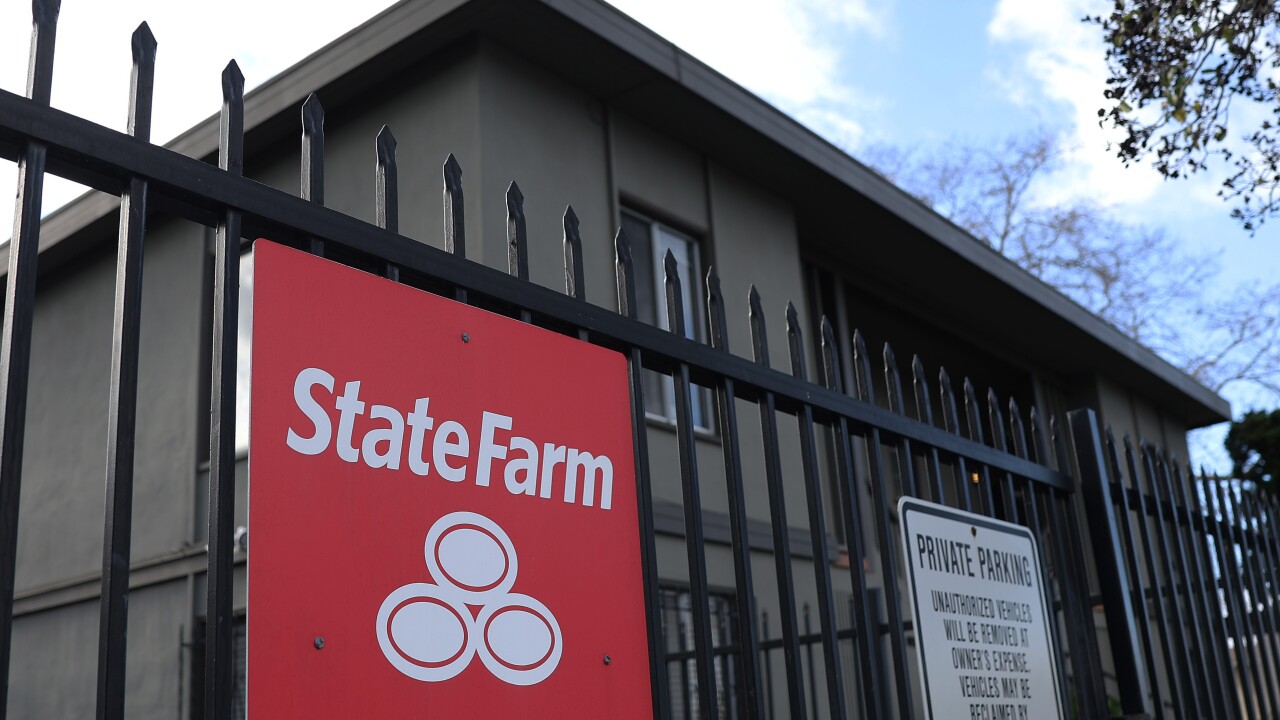
Chicago — Technology-enabled programs could save auto insurers $20 billion in annual claims payouts, or 17% of personal lines auto insurance losses each year, according to a report from Chicago-based
Vehicle telematics, which uses sensing, processing and wireless technology, would deliver savings by reducing accidents, lowering legal costs, improving efficiency of claims processing, and decreasing fraud and theft, according to the report, “Cars and Trucks Are Talking: Why Insurers Should Listen.”
From the wealth of information it generates, the technology also could allow insurers to set more accurate insurance premiums and create fresh revenue opportunities from new monitoring and risk prevention services.
“Telematics is the future,” says Paul Blase, co-managing partner of Diamond’s insurance industry practice. “Vehicles are talking, and it’s time for insurance companies to take a bigger part in the conversation.”
Auto insurance companies so far are focusing only on telematics technology to promote safer teen driving, notes Blase. This is evident with car manufacturers’ awareness of the need for safety-driven technology. Within North America, OnStar is available from General Motors, and Sync is available from all Ford, Lincoln and Mercury products. But Blase suggests leveraging telemantics to help all drivers, which would produce bigger benefits for insurers.
For insurers, the biggest emerging opportunity may be found in the growing presence of in-vehicle event data recorders (EDRs). Many cars and trucks already have EDRs, and the federal government has mandated them for all new cars by 2011. The report states that telematics will help insurers improve the accuracy of their risk-based pricing models and potentially allow them to offer more variable, pay-as-you-drive pricing models.
Accuracy was one driver behind Mayfield Village, Ohio-based
Progressive told INN in 2006 that customers have accepted the TripSensor program. The Diamond research—of 1,540 U.S. households—hints that consumers are accepting of this type of technology. Seventy-seven percent were willing to have a risk-monitoring device that would collect real-time information about their speed, location and other driving habits. Respondents did not appear particularly concerned about who would handle that vehicle information: their insurer, a third party or even themselves. When offered a choice between two options, 48% preferred a device that would send information about their driving to their insurer, with up to a 10% discount for good driving, while 26% preferred a device that would reduce the chance of an accident but would offer no discount.
More results from Diamonds research include:
- Approximately 33% of bodily injury claims from auto accidents include some type of fraud or padding. Telematics data would identify cases that have a high probability of claims deception.
- Telematics can increase the recovery of stolen vehicles from 62% to 80%.
- The average auto claim payout is three times higher when a lawyer gets involved—$10,600 vs. $3,200 for claims without a lawyer. By generating more objective accident reports, fewer lawyers would be needed to assess fault.
Diamond warns that taking advantage of telematics will require insurers to evaluate and likely modify their IT systems and storage. For one, they will need to establish ways to extract, transform and load telematics data into their current data environments.
In addition, regulatory requirements will place new demands on data management and quality. Insurance companies will be required to secure the technology and processes that store, transmit and use consumer information.
“It is absolutely essential that insurance companies convince regulators and consumers that they are not mishandling their data in order for telematics to deliver the full promise of safer driving for consumers, and better pricing and new market opportunities for insurers,” says Blase.
Sources: Diamond Management & Technology Consultants and INN archives
Exclusive content available only on InsuranceNetworking.com





